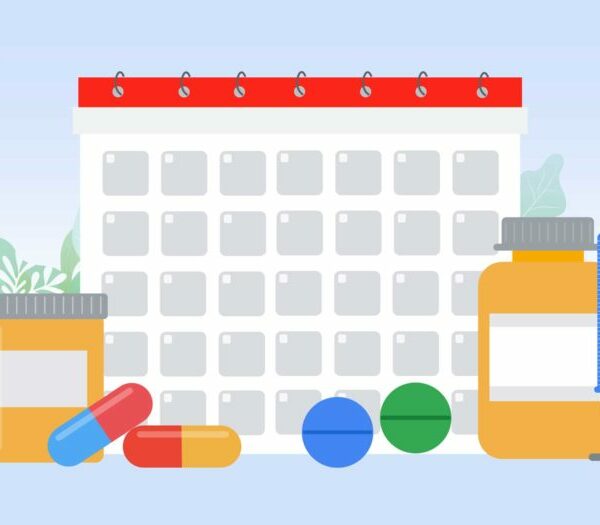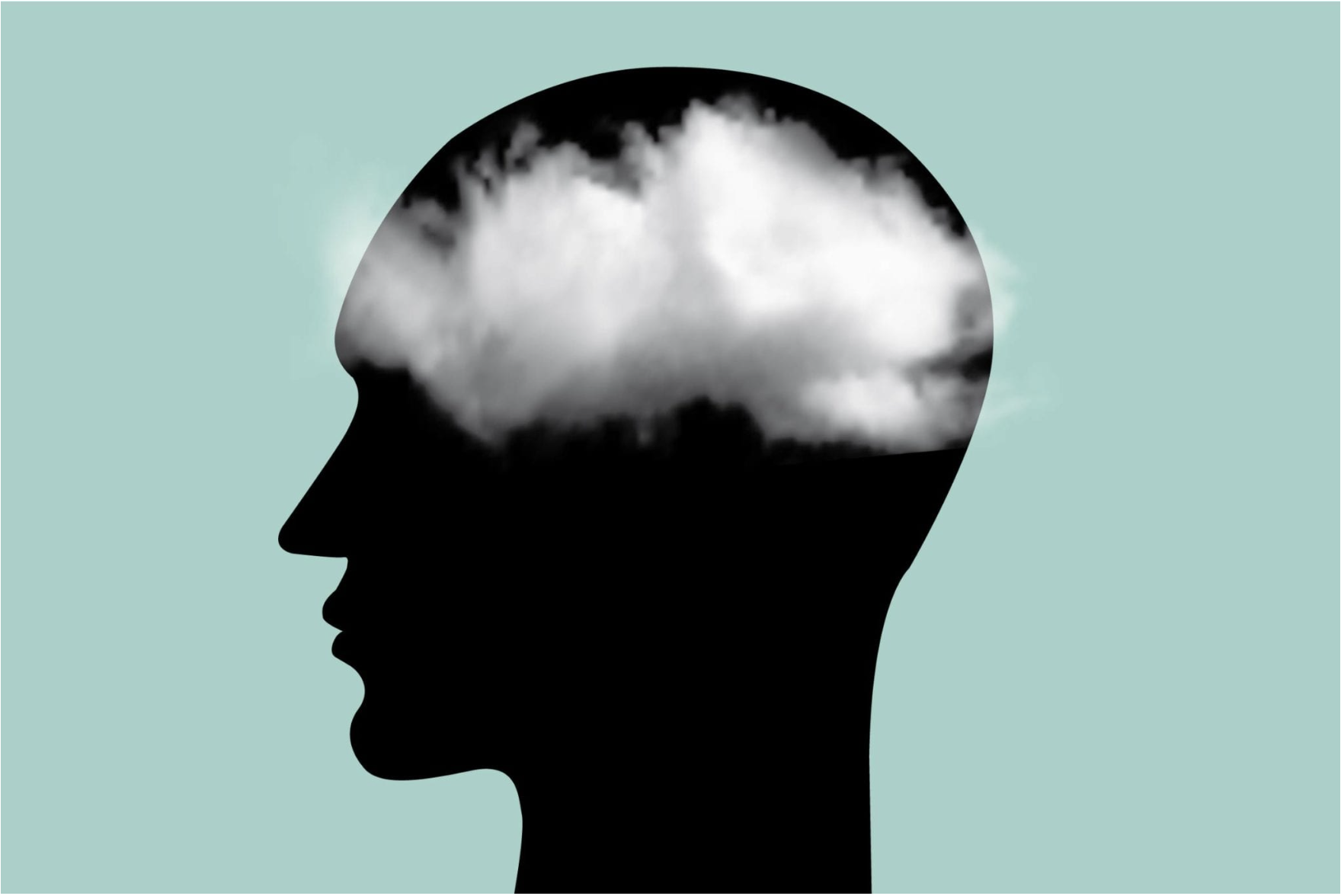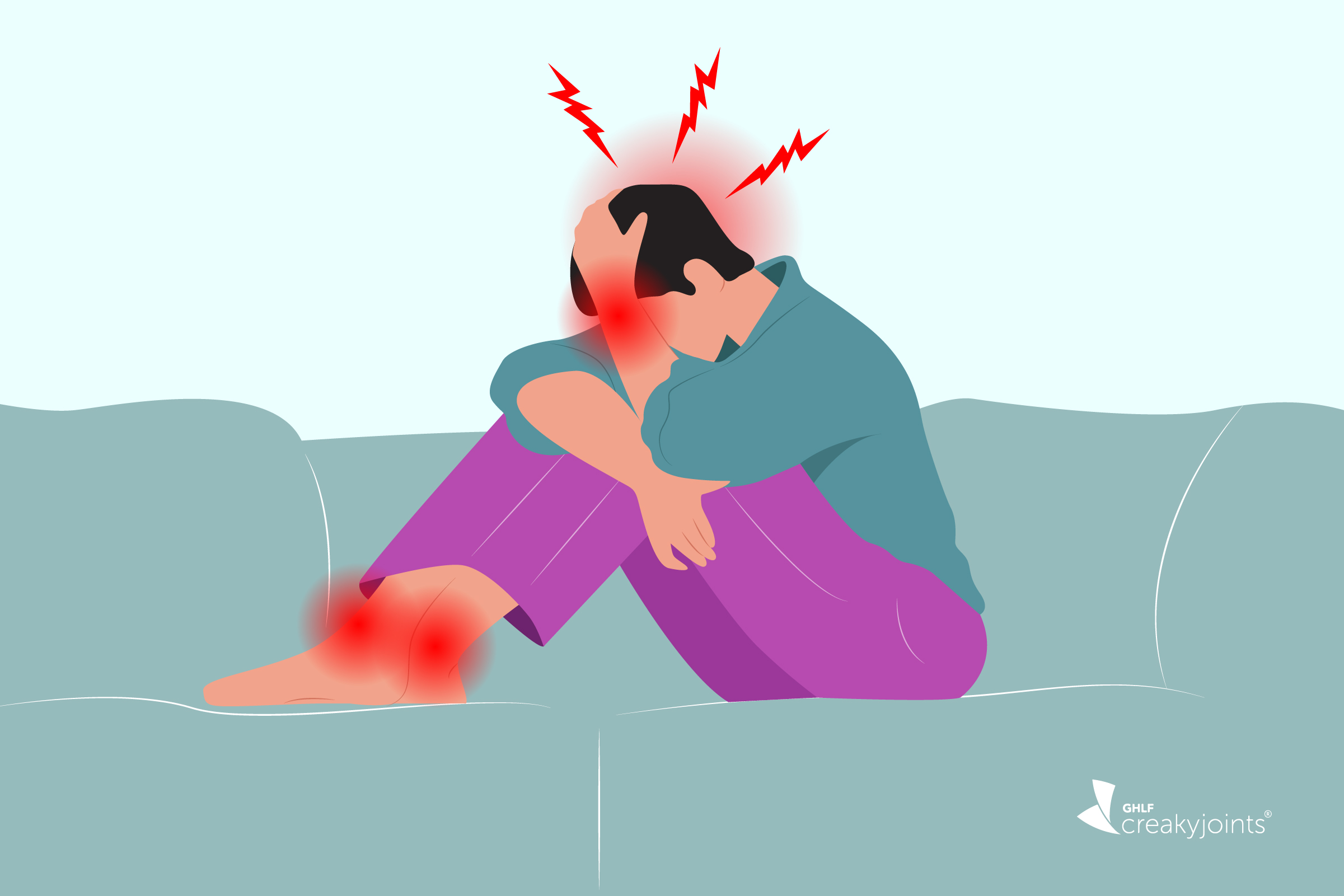Discover the symptoms of brain fog linked to migraine and learn coping strategies to manage cognitive challenges.
MANAGING MIGRAINE WITH MEDICAL TREATMENTS: PREVENTIVE TREATMENTS TO REDUCE MIGRAINE ATTACK FREQUENCY
MANAGING MIGRAINE WITH MEDICAL TREATMENTS: PREVENTIVE TREATMENTS TO REDUCE MIGRAINE ATTACK FREQUENCY
August 18, 2020
Anne M. Sydor

Migraine is a painful and disabling disease of the nerves and brain that can be treated with a combination of acute treatment to stop attacks when they occur and preventive medication ad lifestyle changes to reduce the frequency of attacks. In this article, preventive medications to reduce frequency and severity of attacks are covered.
When Prevention is Necessary
The sooner a migraine attack is treated, the more likely the medication is to stop an attack. Unfortunately, taking these medications more than 3 times per week carries the risk of medication-overuse headache. This means that anyone who has more than 3 migraine attacks per week may have to choose which attacks to treat and which to struggle through.
To address this problem, preventive treatment of migraine has been developed to try to keep reduce the frequency of attacks. Fewer attacks means more days of being able to function and a better chance of being able to use a medication to stop an attack that does happen.
Types of Prevention
There are multiple migraine preventive treatment types, or drug classes. The most recently developed are the first that were created specifically for migraine; these are the CGRP inhibitors. All other classes that were used for preventing migraine were created to treat other conditions including botulin toxin (developed to treat eyelid spasms and also known for cosmetic uses), anesthetics, anti-inflammatories, medications to lower blood pressure, antidepressants, and antiseizure medications. Some of these are injected into muscles or nerves; most are taken by mouth.
If you feel you could benefit from these types of treatments talk with your healthcare provider.
Oral Preventive Treatments
Most preventive treatments are taken by mouth and most have multiple side effects that many people have difficulty tolerating. In fact, it is estimated that 8 of 10 people prescribed preventive migraine treatments that were not developed for migraine stop taking them. Some people have medical conditions that prevent them from taking these treatments. In contrast, some people with migraine and other condition, such as epilepsy or high blood pressure, can treat both at once.
Antiseizure medications topiramate, divalproex, and sodium divalproate are used, and topiramate has the most evidence of being effective for migraine. Side effects of topiramate include trouble thinking clearly, glaucoma, kidney stones, and numbness/tingling in the hands and feet. Side effects of divalproex and sodium divalproate include hair thinning, bone marrow problems, sleepiness, liver problems, tremors, and weight gain. Divalproex and sodium valproate are not safe in pregnancy.
Beta-blockers and angiotensin enzyme converting inhibitors (ACE inhibitors) that treat hypertension and other heart conditions can be used to help prevent migraine attacks. Typically, these are not a first-choice treatment unless a person with migraine also has a heart condition. The beta-blockers propanolol, metoprolol, timolol, and atenolol have side effects of depression, dizziness, fatigue, and impotence, and there is a risk that the heart rate may be slowed too much. The angiotensin converting enzyme inhibitors (ACE inhibitors) lisinopril and candesartan have side effects of cough, dizziness, and fatigue and there is a risk that blood pressure could be lowered by too much as well. The ACE inhibitors are also dangerous during pregnancy and breast-feeding.
Certain antidepressants, venlafaxine and tricyclic antidepressants (especially amitriptyline) may help prevent migraine attacks. Side effects of venlafaxine are drowsiness and nausea. Side effects of amitriptyline include agitation, dry mouth, constipation, blurred vision, sleepiness, seizures, sexual dysfunction, and weight gain.
Self-Injectable and Infusion Treatments
The monoclonal antibody CGRP blockers are new class of drugs that block a naturally produced substance called CGRP or its receptor. After researchers found CGRP in people’s blood during migraine attacks and discovered that giving CGRP caused attacks, drugs to block CGRP were developed to treat migraine attacks. In 2019 and 2020, 4 of these drugs were approved, including erenumab, fremanezumab, galcanezumab, and eptinezumab. The first three of these are injected at home by the person being treated using a pen-like injection device. The fourth is an intravenous infusion that is given by a health care provider in an office or infusion center. Side effects include irritation at the injection or infusion location and constipation. All of these drugs are safe in people with risk factors or actual heart and kidney disease.
Injections from Health Care Providers
Botulin toxin and anesthetic nerve blocks and both reduce the frequency of migraine with few side effects. For migraine, botulin toxin is injected into muscles of the head and neck every 3 months. Although botulin toxin may not be effective until after the sixth or ninth month of treatment (2nd or 3rd set of injections), there is evidence that it becomes more and more effective after that. Botulin toxin cannot be used during pregnancy or in some people with neuromuscular conditions. Although there are a few side effects such as pain or irritation where the toxin ins injected and the person giving the injections needs to be skilled in avoiding putting too much too close together, there are almost no long-term side effects of botulin toxin. It is, however, more expensive than other treatments. Often insurance companies refuse to pay for it unless a person has first tried and found other preventive treatments ineffective.
Nerve blocks are procedures in which anesthesia is injected directly into a nerve. These were developed for surgical procedures and treatment of other chronic painful conditions. The person giving the injection, again, must be skilled. There are few side effects, mostly related to where the injection was made and mostly short term. These treatments are also more expensive and also typically paid for by insurance only after oral preventive medications have been tried.
Conclusion
There are many options that can be tried for reducing the frequency and severity of migraine attacks when they occur. Lifestyle changes that promote overall health can also reduce the frequency and severity of attacks. Unfortunately, no drug is known to prevent all migraine attacks, so most people also use acute medications for when attacks still occur.
SUBSCRIBE TO GHLF
RELATED POST AND PAGES
_
Was this article helpful?
YesNo




